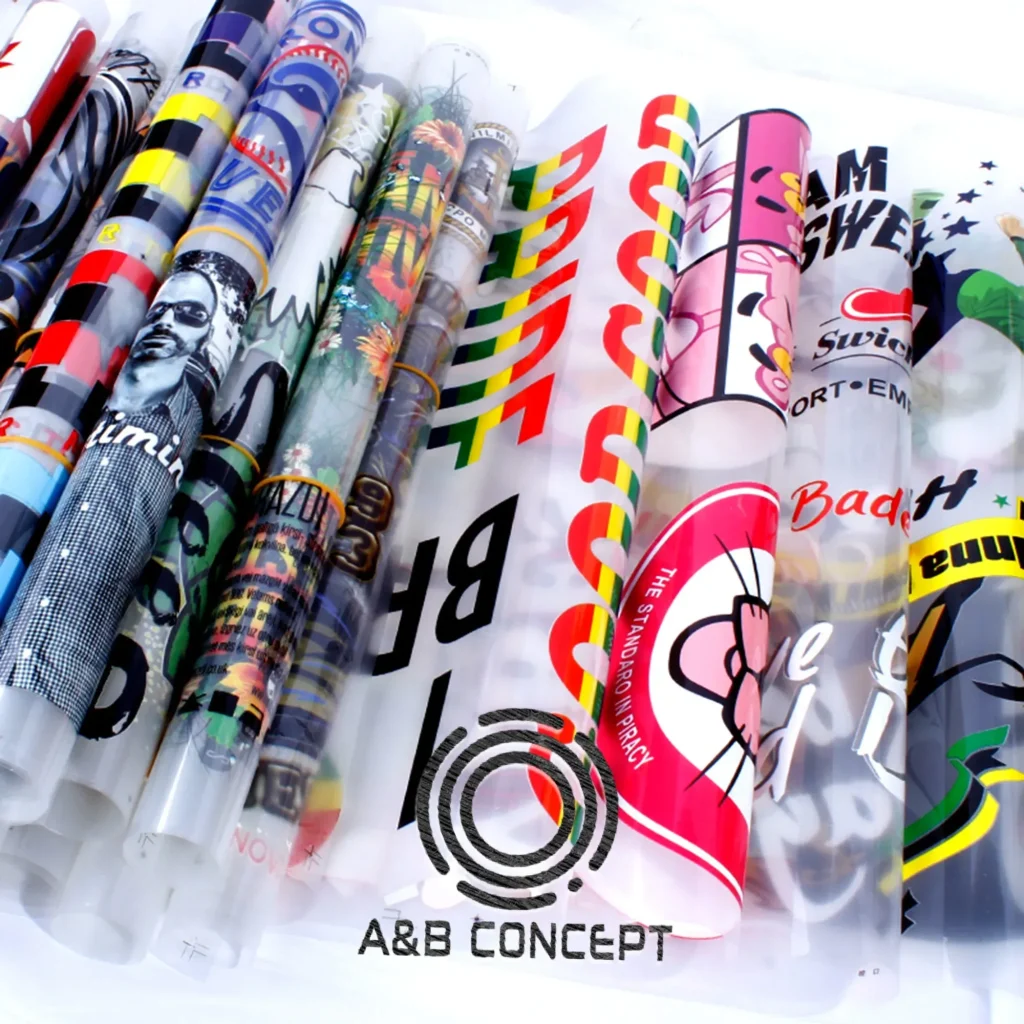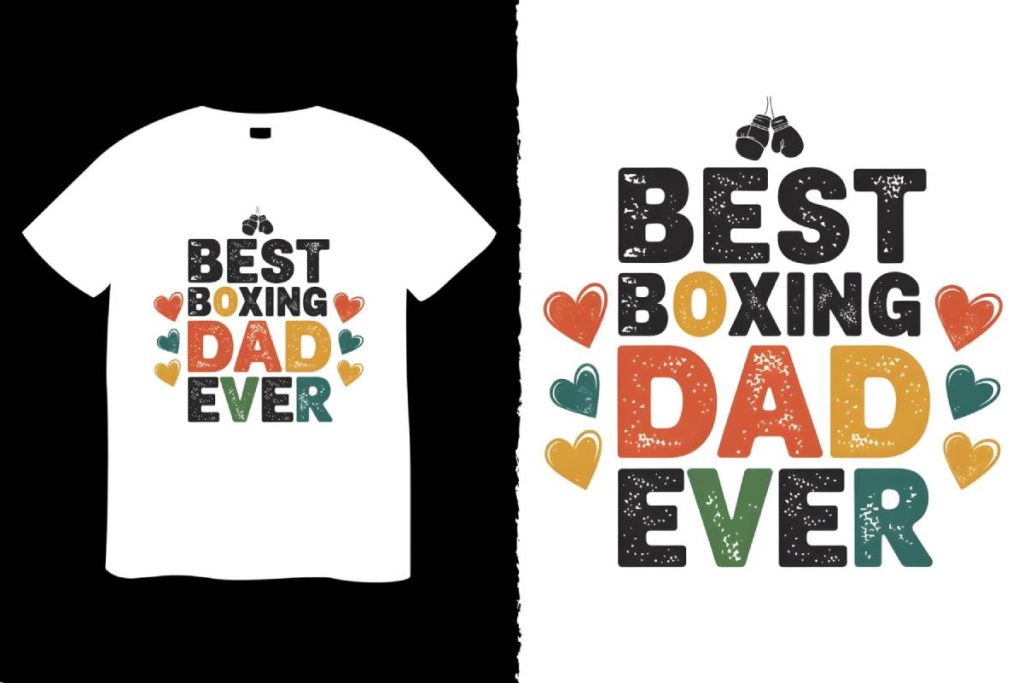In the evolving landscape of apparel production, **DTF transfers** have emerged as a game changer, captivating the attention of businesses and consumers alike. These innovative printing techniques utilize a unique film transfer process that offers remarkable precision and vibrancy, distinguishing them from traditional screen printing methods. As companies strive to enhance their production methods, DTF transfers stand out due to their ability to produce intricate designs with impeccable image quality while maintaining a focus on sustainability. By leveraging efficient production techniques, DTF printing addresses the growing consumer demand for eco-friendly apparel, aligning with modern expectations for responsible manufacturing. In this article, we’ll explore how DTF transfers stack up against conventional screen printing and how they can transform your business’s printing strategy.
When discussing modern printing techniques, alternatives like Direct-to-Film (DTF) transfers and screen printing take center stage in today’s apparel industry. DTF printing, known for its remarkable ability to reproduce detailed and vibrant designs, is rapidly gaining traction among businesses aiming for efficiency and quality in their output. Meanwhile, traditional screen printing, with its historical roots in garment decoration, faces challenges related to waste and resource intensiveness. As companies evaluate these various printing methodologies, particularly with respect to sustainability and image quality, it’s crucial to assess how each method aligns with contemporary consumer demands. Let’s delve deeper into the multifaceted benefits and considerations of DTF transfers in comparison to their screen printing counterparts.
Understanding DTF Transfers: The Future of Apparel Production
DTF transfers, or Direct-to-Film transfers, represent a significant shift in the landscape of apparel production. By utilizing a specialized film, this method employs a transfer process that is both efficient and versatile. Milliseconds matter in the fast-paced world of fashion, and DTF technology allows businesses to produce intricate designs quickly without sacrificing quality. With vibrant colors and the ability to replicate detailed graphics accurately, DTF transfers are quickly becoming a go-to choice for apparel companies aiming to stand out in a competitive market.
Moreover, DTF transfers support customization at scale. Businesses can adapt quickly to trends and consumer demands, producing limited runs or personalized items efficiently. This adaptability not only enhances customer satisfaction but also positions companies to react dynamically to market changes. As the apparel industry continues to evolve, the understanding and utilization of DTF transfers will likely become more pronounced, making it essential for companies to familiarize themselves with this production technique.
Environmental Impact: DTF Transfers and Sustainability in Focus
Sustainability has become a critical focus in today’s apparel industry, and DTF transfers are proving to be a more eco-friendly option compared to traditional screen printing. Traditional methods often involve significant material waste due to excess ink and fabric offcuts, whereas DTF printing optimizes material usage without compromising output quality. This efficient process not only minimizes environmental impact but also aligns with the increasing demand for sustainable business practices.
Furthermore, companies adopting DTF transfers can capitalize on the growing market of environmentally-conscious consumers. The reduced waste generated from DTF printing compared to screen printing positions it as a favorable choice in an era when sustainability can influence purchase decisions. By choosing to implement DTF technology, businesses can enhance their reputations and build brand loyalty among consumers who prioritize eco-friendly practices.
Quality Matters: The Advantages of DTF Printing
Quality is a non-negotiable aspect of apparel production, and DTF transfers excel in this area. The ability to produce photorealistic images with incredible detail sets DTF apart from traditional screen printing. Customers are no longer satisfied with average output; they seek garments that are visually striking and comfortable. DTF printing meets these demands head-on, offering a smoother finish and more vibrant colors that truly pop.
Additionally, the softness and breathability of DTF prints enhance the wearability of apparel, greatly appealing to quality-conscious consumers. By investing in DTF technology, businesses can enhance their product offerings, ensuring they not only meet aesthetic preferences but also deliver comfort and longevity, which are crucial in retaining customer loyalty.
Cost-Effectiveness: Optimizing Production with DTF
When considering production costs, businesses frequently encounter high initial investments associated with traditional screen printing setups. DTF printing significantly reduces these requirements, particularly for small batch orders. The digital nature of DTF technology enables quick setup and less material waste, translating to lower overall costs. This is particularly advantageous for startups and small enterprises looking to minimize financial risks as they test new designs.
Moreover, the flexibility of DTF printing allows businesses to scale production according to demand without incurring excessive costs. These benefits not only support financial sustainability but also foster an environment where creative experimentation is encouraged, helping companies stay competitive and innovative in a rapidly changing industry.
The Shifting Landscape: Embracing DTF Transfers
The apparel industry is witnessing a transformative shift as more businesses recognize the numerous benefits associated with DTF transfers. The merging of quality, efficiency, and sustainability is compelling many to pivot from traditional methods and adopt innovative technologies. DTF printing’s capacity to accommodate intricate designs and vibrant colors aligns well with consumer expectations in today’s market, pushing traditional methods like screen printing to the periphery.
This shift is not just about technology; it’s about meeting changing consumer preferences and embracing new production methodologies that resonate with modern values. Companies that actively embrace DTF printing may not only be positioned to enhance their product quality but also to lead trends that acknowledge sustainability and customization as key elements of successful apparel production.
Final Thoughts: DTF vs. Screen Printing for Modern Businesses
In conclusion, the choice between DTF transfers and traditional screen printing boils down to your business goals and market demands. If environmental sustainability, high-quality output, and the ability to create customized designs are priorities, DTF is clearly emerging as the preferable method for many brands. As consumer preferences continue to evolve, businesses must adapt by selecting production strategies that align with these expectations.
Ultimately, both DTF transfers and screen printing have carved their niches within the apparel industry. However, the advantages of DTF in terms of sustainability, image quality, and flexibility signal a new direction for companies seeking to excel in this competitive market. Embracing DTF printing can empower businesses to not only meet but exceed customer expectations, ensuring their place at the forefront of the industry’s future.
Frequently Asked Questions
What are DTF Transfers and how do they differ from screen printing in apparel production?
DTF Transfers, or Direct-to-Film transfers, involve printing designs onto a special film that is then transferred onto fabric using heat. This method contrasts with traditional screen printing, which applies ink directly onto textiles through stencils. DTF is known for its ability to produce intricate designs with vibrant colors and higher image quality, making it ideal for modern apparel production.
Are DTF Transfers more sustainable than traditional screen printing?
Yes, DTF Transfers are generally considered more sustainable than traditional screen printing. The DTF process minimizes waste by using only the necessary amount of ink for each design, leading to reduced excess production. In addition, it often utilizes sustainable materials, making it a more eco-friendly choice for businesses focused on sustainability in apparel production.
How does the image quality of DTF Transfers compare to that of screen printing?
DTF Transfers provide superior image quality compared to screen printing. They allow for photorealistic images with incredible detail and vibrant colors. This level of detail can be especially challenging to achieve with traditional screen printing, particularly for intricate designs or gradient prints, making DTF a preferred method for quality-focused apparel production.
What are the cost benefits of using DTF Transfers for small batch orders in apparel production?
DTF Transfers can be more cost-effective for small batch orders due to lower setup costs associated with digital printing technology. Unlike screen printing, which often requires significant investment and time for setup, DTF allows for quick turnarounds and reduced costs, making it ideal for startups or businesses testing new designs without financial risk.
Can businesses scale their production with DTF Transfers compared to screen printing?
Absolutely. DTF Transfers offer greater scalability for businesses because they allow for quick adjustments in production runs and customization. This flexibility is advantageous for meeting market demands for unique, personalized items. In contrast, traditional screen printing often involves more rigid production processes that may not adapt as easily to changing consumer needs.
What factors should businesses consider when choosing between DTF Transfers and screen printing?
When choosing between DTF Transfers and screen printing, businesses should consider factors like sustainability, image quality, production costs, and the ability to scale. DTF is emerging as a preferred choice for those prioritizing eco-friendly practices and high-quality designs, while traditional screen printing may still be useful for larger, more uniform production runs.
| Aspect | DTF Transfers | Screen Printing |
|---|---|---|
| Sustainability and Eco-Friendliness | Generates less waste and utilizes sustainable materials. | Resource-intensive, often resulting in excess ink use and fabric wastage. |
| Quality and Image Reproduction | Produces photorealistic images with vibrant colors; soft and breathable prints. | Can struggle with intricate designs and demands for softer finishes. |
| Investment and Expansion Trends | Increasingly common investment due to demand for custom designs. | Traditional but requires significant capital and setup for large production. |
| Cost and Scalability | Lower setup costs and suitable for small batches and quick turnarounds. | Higher initial cost and setup time; less ideal for small or custom orders. |
Summary
DTF Transfers are quickly gaining traction in the garment industry due to their sustainability, superior quality, and cost-effectiveness compared to traditional screen printing. The shift towards more environmentally friendly production methods, along with the growing consumer demand for intricate designs, positions DTF transfers as a preferable option for businesses. Companies that leverage DTF technology can not only enhance their production capabilities but also appeal to eco-conscious consumers by delivering high-quality, customizable apparel efficiently. As trends evolve, DTF transfers are set to redefine industry practices and consumer expectations.



